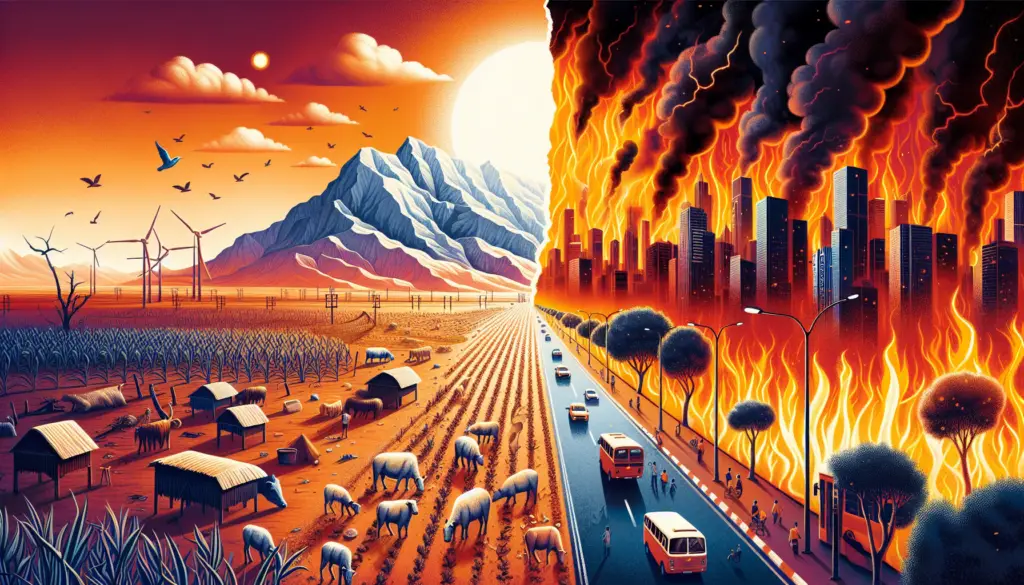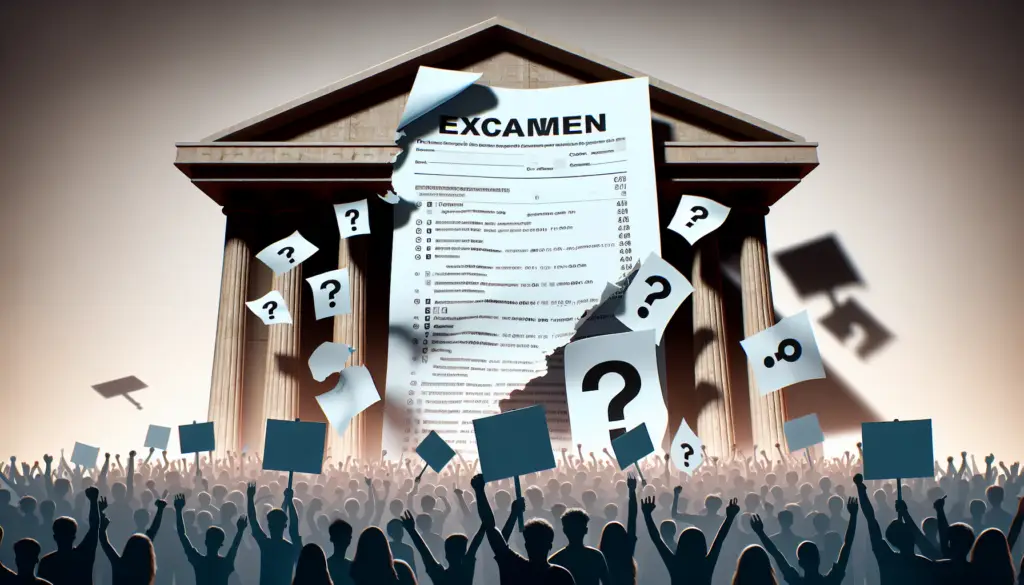Narendra Modi’s Rise: The Exaggerated Narrative of a “Tea Seller’s Son”
Narendra Modi’s Rise began with humble beginnings, as depicted in a biography by Nilanjan Mukhopadhyay in June 2013. Mukhopadhyay recounted Modi’s childhood, stating that at the age of 6, Modi sold tea at the Vadnagar railway station in Gujarat. This narrative of Modi’s early struggles has been pivotal in shaping his political image, often reiterated by the Prime Minister himself.
However, scrutiny has been cast upon the authenticity of this narrative surrounding Narendra Modi’s Rise. Observing childhood photographs, it becomes apparent that the attire worn by Modi does not align with the typical clothing of children from impoverished families in the 1950s. Additionally, Modi’s younger brother, Prahlad Modi, revealed that their father was the tea seller, and family members, including Narendra, assisted him at the stall. This suggests that Narendra Modi should be more accurately described as the “son of a tea seller” rather than a tea seller himself.
Further muddling the waters, Congress leader Ahmad Patel asserted in 2014 that Modi was not a tea seller but a canteen contractor. This assertion gained traction in 2021 when the Railways Minister directed officials to refurbish a canteen at the Vadnagar railway station, reportedly managed by Modi’s father.
Nilanjan Mukhopadhyay, the author of the 2013 biography, has clarified that Modi’s claims of poverty are “grossly exaggerated.” He pointed out that Modi’s father had sufficient resources to send him and his siblings to school, making it improbable for Modi to have worked full-time as a tea seller. This revelation challenges the narrative of Narendra Modi’s Rise, prompting a reevaluation of his early life and political persona.
Related Article : Moon Mysteries Unveiled: A Journey Beyond Earth
Narendra Modi’s Rise: The Myth of Abandoning Family for the Nation
Another prominent narrative surrounding Narendra Modi is the claim that he abandoned his family to serve the nation. This narrative is heavily amplified on WhatsApp and through pro-government media, portraying it as a great act of sacrifice. However, the reality is that it is a personal matter, and many other prominent leaders, such as Mahatma Gandhi and Lal Bahadur Shastri, did not abandon their families and yet made significant contributions to the nation.
In fact, the treatment of Modi’s own family members seems to contradict the notion of his selfless devotion to the country. While Modi has been photographed visiting his mother, his family members, including his siblings and niece, have stated that they are often instructed to stay away from him and were not even invited to his oath-taking ceremony as Prime Minister.
This selective engagement with his family members raises questions about the authenticity of the “abandoned family for the nation” narrative, as it appears that Modi’s personal relationships are carefully curated for public consumption.
The “Holy Beggar” Myth
Another aspect of Modi’s cult of personality is the portrayal of him as a “holy beggar” who has survived on charity for decades. However, the evidence suggests otherwise. Modi has been photographed wearing expensive sunglasses and traveling in luxury vehicles, which are hardly the trappings of a true ascetic. Furthermore, his foreign travels and the acquisition of a digital camera before its commercial release in the 1990s raise doubts about the claims of his reliance on charity.
Additionally, the contrast between Modi’s lavish lifestyle and the humble existence of his supporters, such as the BJP worker Mangal Vajpayee, who struggles with basic amenities like electricity and sanitation, further undermines the narrative of Modi as a selfless, ascetic leader.
Deifying Modi and Distorting Hindu Iconography
The cult of personality surrounding Narendra Modi has also manifested in the deification of the Prime Minister, with numerous politicians and supporters comparing him to Hindu deities and even building temples in his honor. This practice is not limited to Modi, as similar attempts have been made to portray other authoritarian figures, such as Adolf Hitler, as divine incarnations.
However, the comparison of Modi to revered figures like Lord Ram is particularly troubling, as it involves the distortion of Hindu iconography and scriptures to fit a narrative of hatred and division. The portrayal of an “angry Hanuman” and an “angry Ram” is a deliberate attempt to reframe the traditionally gentle and compassionate Hindu deities to align with the BJP’s agenda of spreading fear and intolerance.
Related Article : Gwadar Port: A Pivotal Moment in Pakistan’s History

The Omnipresent Modi and the End of the “Modi Magic”
The cult of personality surrounding Narendra Modi is further reinforced by the ubiquitous presence of his image and branding across various media platforms, government advertisements, and even on COVID-19 vaccine certificates. This relentless exposure is a tactic aimed at ensuring that the Prime Minister remains constantly in the public eye, a strategy often employed by authoritarian regimes to maintain control over the narrative.
However, the effectiveness of this tactic appears to be waning, as people are increasingly questioning the disconnect between Modi’s carefully curated image and the realities of his governance, such as the rising inequality, unemployment, and inflation that have plagued the country. The need for the BJP to recruit politicians from other parties, many of whom are accused of corruption, further suggests that the “Modi magic” may be coming to an end.
In conclusion, the cult of personality surrounding Narendra Modi is a complex web of exaggerated narratives, selective engagement with his family, and the distortion of Hindu iconography, all of which have been strategically employed to shape the public perception of the Prime Minister. As the cracks in this carefully constructed image begin to show, it becomes increasingly important for the public to critically examine the claims and narratives surrounding Modi’s rise to power and the realities of his governance.

